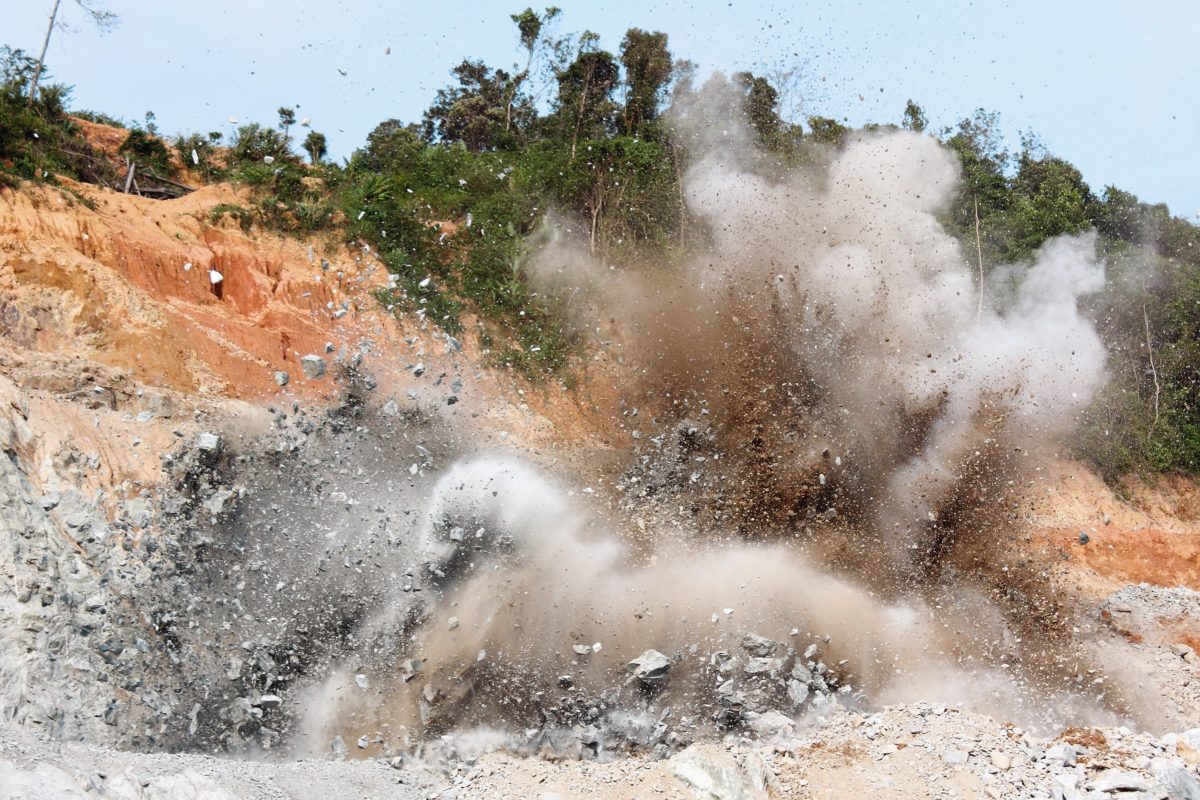
As emergency responders, your clients understand the full risks that they undertake each day on the job. With a combination of dangerous fires, terrorist attacks, and violence, it’s more important than ever before for EMS and firefighters to understand the four types of blasts and the trauma associated with each in order to treat accordingly. In addition to sharing this pertinent information with your clients, protect their operation with a Volunteer Firefighter Liability Insurance package.
The study, which Israeli Trauma Group published in the Journal of the American College of Surgeons, looked at 966 victims of terrorist bombings and compared them to 55,033 patients injured by non-terror trauma incidents. Victims of bomb blasts were found to have a higher Injury Severity Score, lower initial Glasgow Coma Scale, lower systolic blood pressure at admission, greater surface area of injury and a much higher need for intensive care unit services. The study authors concluded that the most logical explanation for this new class of trauma casualties was the combination of simultaneously acting mechanisms of trauma imparted by the primary, secondary, tertiary and quaternary blast injury effect, says Fire Rescue 1.
Primary blast injuries.
Primary blast injury is due to the supersonic over-pressurization blast wave unique to high-order (HE) explosives. HE devices involve a detonation or the nearly instantaneous transformation of solid or liquid into a gas state, explains the study.
Secondary blast injuries.
These secondary effects of an explosion, whatever the cause, can cause flying debris and fragments to come into contact with the skin and cause blunt and penetrating trauma.
Tertiary blast injuries.
This causes the firefighter or a civilian to be physically thrown by the blast wind, causing them to sustain head injuries, fractures, and broken bones.
Quaternary blast injuries.
Fire Rescue 1 explains that quaternary blast injury is everything else not caused by primary, secondary or tertiary mechanisms. Examples include burns, angina, crush injuries, asthma or COPD exacerbations due to dust, smoke or toxic fumes.
About Provident Fire Plus
At Provident Fire Plus, we offer custom tailored packages to best protect firefighters and volunteer firefighters. We understand the risks that emergency response teams are subjected to on a daily basis, and have worked to serve these dedicated professionals for over 87 years. For more information about our products and policies, we invite you to contact our experts today at (855) 201-8880.

